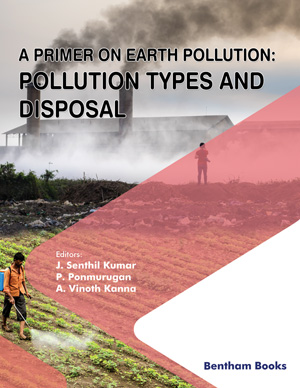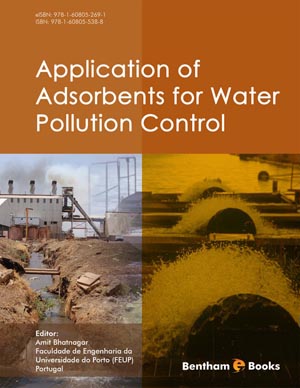Abstract
This chapter demonstrates the source and pathway of emerging contaminants (ECs) and their removal by advanced membrane technologies. These ECs are naturally occurring or synthetic organic pollutants, including pharmaceuticals and personal care products, estrogens, industrial chemicals, UV filters, pesticides, and endocrine-disrupting chemicals ubiquitously detected in wastewater and wastewaterimpacted surface waterbodies. Emerging contaminants have detrimental effects on aquatic flora and fauna and may affect human health. Due to the persistent nature of ECs, they are resistant to conventional wastewater treatments. Moreover, different physicochemical processes have shown ineffectiveness for the removal of ECs. Therefore, there is a need for robust wastewater treatment processes such as advanced membrane technologies that can effectively remove these ECs. Advanced membrane technologies use membranes that separate ECs from the solution and include forward osmosis, reverse osmosis, nanofiltration, ultrafiltration, microfiltration, catalytic membranes, and membrane bioreactors. Briefly, the focus of this chapter is to provide an overview of different membrane separation technologies and illustrate various examples of ECs removal.
Keywords: Catalytic membranes, Ceramic membrane, Emerging contaminants, Membrane bioreactor, Forward osmosis, Hollow fiber, Membrane fouling, Nanofiltration, Polymer membranes, Rejection of contaminants, Reverse osmosis, Ultrafiltration, Water reuse.












